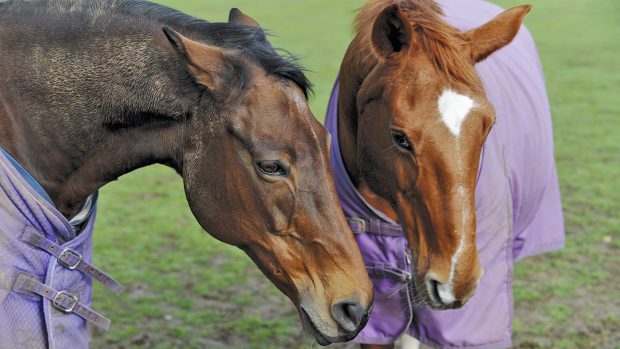The more eagle-eyed reader may have noticed that Headley Britannia, the 2006 Burghley winner, sports a spectacular pair of “cauliflower ears”.
What causes the growths in her ears?
Technically, they’re known as aural plaques, which are a form of hyperkeratosis or thickening of the skin.
Why do these growths occur?
It is not known for sure, though it is possible they are related to fly bites or warts. Either way, they are a type of skin reaction.
What can you do about them?
The best thing to do about them is probably nothing at all. There are various lotions people have tried and removal under anaesthetic has also been attempted, but frequently the only result is an increase in the horse’s sensitivity around the ears. The general opinion is that they are best left well alone.
Are they harmful?
The short answer is no although in extreme cases, they can distort the shape of the ear.
“Certainly, if I see them on a horse I’m vetting, I wouldn’t fail it on that,” says Horse & Hound veterinary consultant Karen Coumbe. “I would point them out to a potential buyer, of course, but I have never worried about them and they wouldn’t stop me from buying a horse myself, provided I was sure it was not a sarcoid.”
Has Headley Britannia always had these?
She had this problem when Lucinda Fredericks bought her as a six-year-old. Apart from the daily performance of having to take her bridle apart and reassemble it on the mare, to avoid pulling the headpiece over her sensitive ears, they do not affect her performance — after all, she won Burghley last year.
“Her ears have never changed in all the years I’ve had her,” says Lucinda Fredericks. “As long as you don’t touch them, she is fine. Having said that, you can hose her and trim and plait her mane with no trouble — it’s just the act of pulling something over her head that she bothers with. I think that is because the condition makes her ears really hard to the touch, and they don’t actually bend.”


